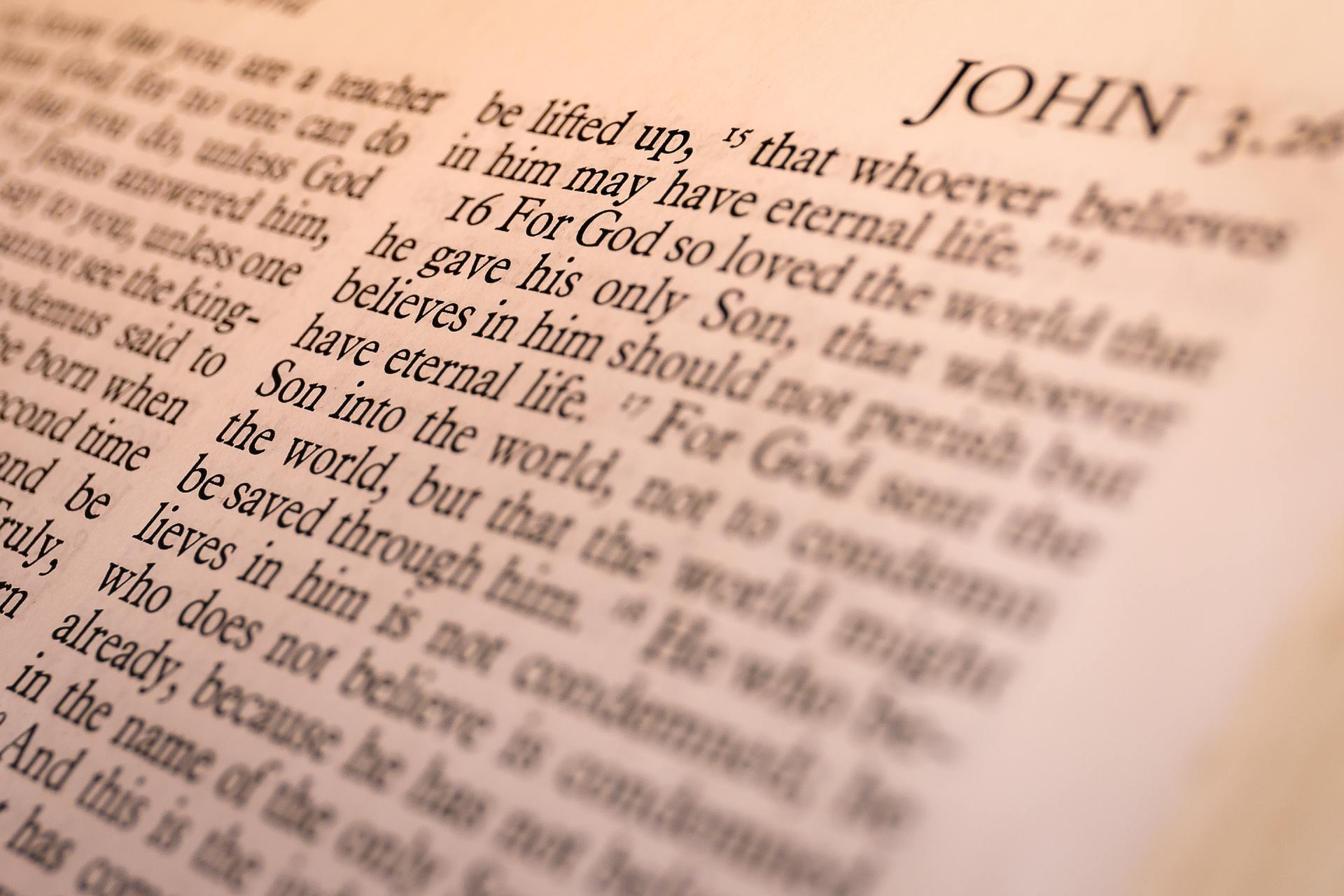Lent: A Season of Prayer, Fasting, and Renewal
Lent is a sacred season in the Catholic Church, lasting 40 days from Ash Wednesday to Holy Saturday, leading up to Easter Sunday. It is a time of repentance, prayer, fasting, and almsgiving, preparing believers to reflect on Christ’s Passion, Death, and Resurrection. Modeled after Jesus’ 40 days in the desert (Matthew 4:1-11), Lent calls us to turn away from sin and grow closer to God.
The Meaning and Purpose of Lent
Lent is a season of spiritual renewal, inviting Catholics to:
- Deepen their relationship with God through prayer.
- Seek conversion by repenting from sin.
- Practice self-discipline through fasting and sacrifice.
- Grow in charity by helping those in need.
It is a journey toward Easter, helping us experience Christ’s suffering, death, and ultimate victory over sin and death.
Biblical Foundations
Lent reflects several key biblical events where the number 40 symbolizes preparation and transformation:
- Jesus fasted for 40 days in the desert before beginning His public ministry (Matthew 4:1-11).
- Moses spent 40 days on Mount Sinai before receiving the Ten Commandments (Exodus 24:18).
- Elijah journeyed 40 days to Mount Horeb where he encountered God (1 Kings 19:8).
- Noah and the flood lasted 40 days and nights, leading to a new beginning (Genesis 7:12).
These examples show that 40 days is a time of trial, purification, and renewal—key themes of Lent.
The Three Pillars of Lent
Lent is centered on three spiritual disciplines:
1. Prayer – Deepening Our Relationship with God
- More frequent participation in Mass, Adoration, and Scripture reading.
- Praying the Rosary, Stations of the Cross, and Liturgy of the Hours.
- Seeking reconciliation through the Sacrament of Confession.
2. Fasting – Spiritual Discipline and Self-Control
- Ash Wednesday and Good Friday: Fasting (one full meal, two smaller meals) and abstinence from meat.
- All Fridays of Lent: Abstinence from meat.
- Personal sacrifices, such as giving up social media, sweets, or entertainment to focus on God.
3. Almsgiving – Acts of Love and Charity
- Helping those in need through donations, volunteering, or acts of kindness.
- Supporting Catholic charities and missions.
- Offering our time and presence to those who feel alone or suffering.
Liturgical Themes and Symbols of Lent
- Ashes (Ash Wednesday) – A sign of repentance and mortality (“Remember you are dust, and to dust you shall return”).
- The Color Purple – Symbolizes penance, humility, and preparation.
- The Cross – A reminder of Jesus’ sacrifice and our call to take up our own crosses (Luke 9:23).
- The Stations of the Cross – A Lenten devotion reflecting on Jesus’ Passion and suffering.
Holy Week: The Climax of Lent
Lent leads into Holy Week, the most sacred time of the Church year:
- Palm Sunday – Jesus’ triumphant entry into Jerusalem.
- Holy Thursday – The Last Supper and the institution of the Eucharist and Priesthood.
- Good Friday – The Passion and Death of Jesus on the Cross.
- Holy Saturday – A day of waiting and preparation for the Resurrection.
Lent culminates in the Easter Vigil and Easter Sunday, celebrating Jesus’ victory over sin and death.
How to Live Lent Well
Lent is not just about giving things up—it is about spiritual growth. Here are ways to make Lent meaningful:
- Commit to a deeper prayer life (daily Scripture reading, Adoration, devotions).
- Choose meaningful sacrifices that help you grow spiritually.
- Receive the Sacrament of Reconciliation regularly.
- Perform acts of charity and service.
- Meditate on Christ’s Passion through the Stations of the Cross.
As Pope Francis reminds us:
“Lent is a time of grace, a time to turn back to God with all our hearts.”
Lent is a powerful opportunity to renew our faith, turn away from sin, and prepare our hearts for Easter. Through prayer, fasting, and almsgiving, we walk with Christ on His journey to the Cross and experience the joy of His Resurrection. Let us embrace this sacred season with devotion, seeking a deeper conversion and closer relationship with God.




